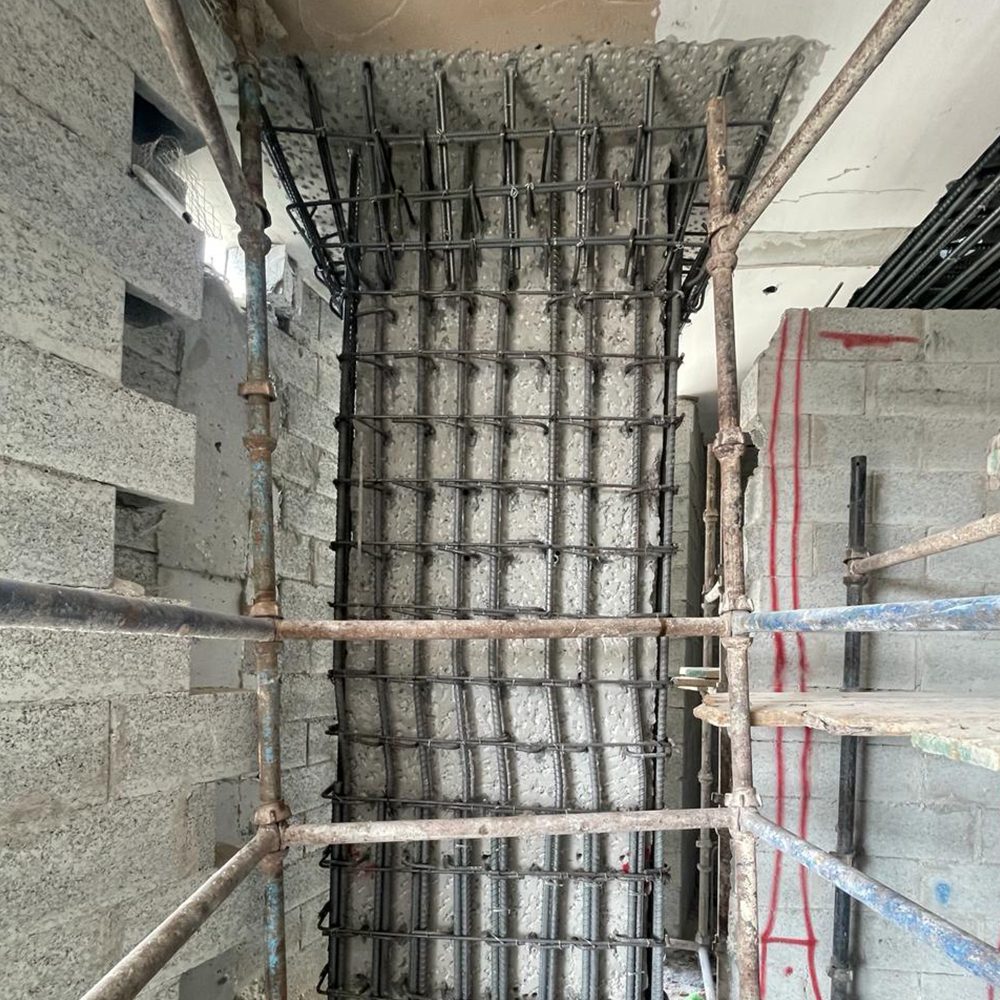The Importance of Structural Strengthening in Building Maintenance

Structures, whether they are buildings, bridges, or other infrastructure, are subject to various forms of deterioration over time. Factors such as environmental conditions, increased loads, and design deficiencies can compromise the integrity and safety of these structures. To address these challenges, the importance of structural strengthening in building maintenance cannot be overstated.
Structural strengthening plays a crucial role in preserving the safety, functionality, and longevity of buildings and other infrastructure. By enhancing the load-carrying capacity and durability of existing structures, strengthening measures help mitigate the effects of aging, deterioration, and changing usage requirements.
One of the primary reasons for structural strengthening is to address the effects of aging on buildings and infrastructure. Over time, concrete can deteriorate, steel can corrode, and wood can weaken, leading to a reduction in structural capacity. Strengthening techniques and materials can effectively restore and bolster the original strength of these materials, extending the service life of the structure.
Moreover, as buildings are often repurposed or undergo changes in occupancy, the original design loads may no longer be adequate. Structural strengthening provides a means to adapt existing structures to accommodate increased loads or new usage requirements, ensuring that they remain safe and capable of meeting contemporary demands.
In regions prone to seismic activity or other natural hazards, structural strengthening is essential for improving the resilience of buildings and infrastructure. Retrofitting techniques can help mitigate the risks posed by seismic events, wind loads, or other environmental factors, reducing the likelihood of structural failure and enhancing the overall safety of the built environment.
Furthermore, the cost-effectiveness of structural strengthening should not be overlooked. Strengthening measures can often be more economical than the complete replacement or reconstruction of a structure. By extending the service life of existing buildings and infrastructure, strengthening efforts offer significant long-term cost savings and contribute to sustainable resource management.
In conclusion, structural strengthening is an indispensable aspect of building maintenance, ensuring the continued safety, functionality, and resilience of structures over their lifespan. By addressing the effects of aging, accommodating changing usage requirements, enhancing resilience to hazards, and optimizing cost-effectiveness, structural strengthening measures are essential for the preservation and sustainable management of the built environment. As the importance of building maintenance continues to be recognized, the role of structural strengthening will remain pivotal in ensuring the safety and longevity of our infrastructure.